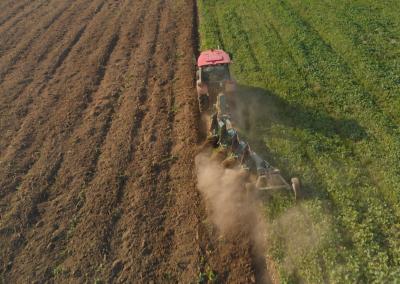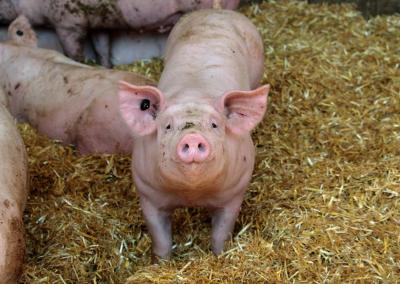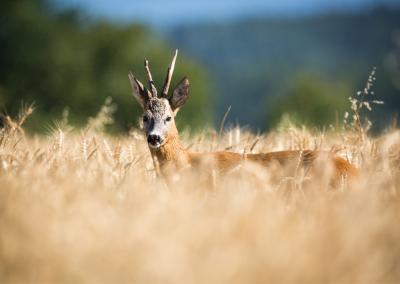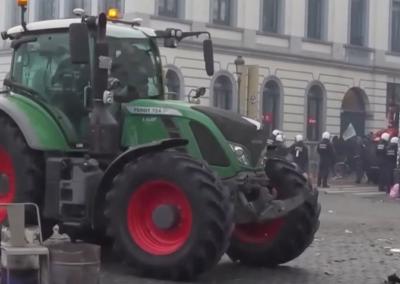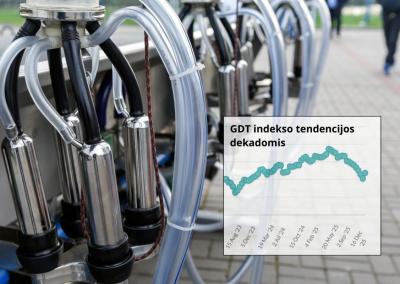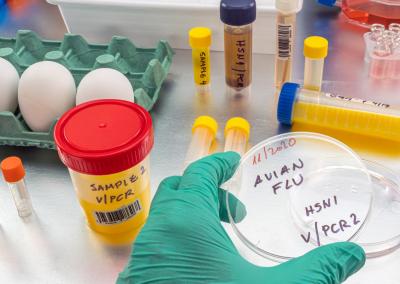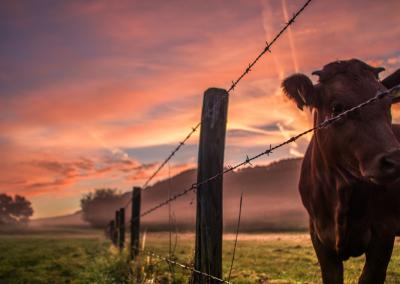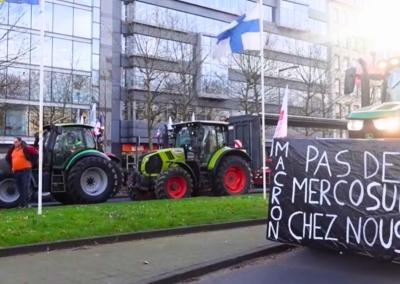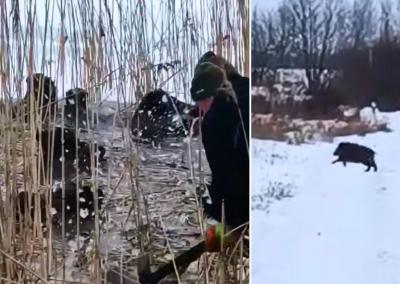More cormorants to be allowed to be hunted to protect fish
In order to protect fish farms from damage caused by cormorants, the Ministry of the Environment promises to allow for more flexibility in the regulation of the cormorant population in Lithuania.
Deputy Minister of Environment Kęstutis Šetkus agrees to introduce an annual limit on the number of cormorants taken from the wild, thus increasing the number of the birds that can be hunted.
„What would certainly be considered is increasing the limit (for the removal of cormorants – BNS). At the moment there is no limit at all, about 6,000 cormorants are taken (per year – BNS), but to think about a limit – is definitely a yes“, – said K. Šetkus during a meeting of the Seimas Committee on Rural Affairs this week.
However, introducing such a limit in Lithuania would not solve the problems of fish farms due to the large cormorant population of around 20,000 breeding pairs in the Kaliningrad region of Russia. According to the Vice-Minister, there is insufficient control of cormorants there.
„We will make a positive decision. I'm not saying that hunting will be possible in two weeks' time, but we will certainly take this into account because of the increase in the number of (cormorants – BNS) removals from the wild, –" Šetkus said.
He said the more flexible regulation of the cormorant population was made possible by a reply received last week from Virginijus Sinkevičius, Lithuania's delegated Commissioner for Environment, Oceans and Fisheries.
According to Kęstutis Mažeika, a Member of the Seimas representing the "In the name of Lithuania" group, a representative of the European Commission (EC) informed the Committee on Rural Affairs on 18 June that the European Union (EU) Directive provides for the possibility for Member States to derogate from the strict provisions on the protection of bird species, if necessary, in order to prevent them from causing serious damage to crops, livestock, forestry, fisheries and water.
However, Lina Čaplikaitė-Denisovienė, advisor to the Nature Conservation Policy Group at the Ministry of the Environment, stressed that, despite the exceptions, there is what is known as the EC's "after-the-fact control".
According to her, when the Commission saw that Lithuania had taken 3,000 cormorants out of the wild in 2015 2019, it started to comment on the numbers and ask whether they were too drastic and whether there was a significant impact on the cormorant population
L. According to Čaplikaitė-Denisovienė, around 6,000 cormorants were taken from the wild in Lithuania last year.
The Ministry of Agriculture is proposing to set a limit on the removal of cormorants from the wild, with the period of removal being left up to the discretion of the fisheries. Ornithologists would not object to this either, according to Deputy Minister Donatas Dudutis.
„Today, the Environmental Protection Agency sets certain periods when it is possible to manage the cormorant population in a so-called lethal way, by removing them from the wild using lethal means. Periods have been set, but apparently they do not satisfy aquaculture farms (...). It is difficult to remove them (cormorants – BNS) from the wild at that particular time (at a particular time – BNS), and they cause damage all the time," D. Dudutis told the Committee.
Under the current regime, cormorants can only be removed during specific periods. Rolandas Morkūnas, head of the National Association of Aquaculture and Fish Products Producers, also believes that these periods should be abandoned.
„In our sector, the damage caused by the birds is at least 3.5 million euros (BNS) every year. It is about 30% of our income. It is a huge damage that drives the weaker medium-sized farms or the better ones that produce a lot of fish to be attacked by cormorants. It is a huge damage that drives them into bankruptcy," the head of an association of fish farms told the Committee on Rural Affairs on Wednesday.
In 2014, he said, it was estimated that 2,500 breeding pairs of cormorants were enough to maintain a healthy cormorant population. At the same time last year, according to Morkūnas, there were 8,500 breeding pairs and 18,000 migratory, flying and free-ranging cormorants, so the country's cormorant population is already too high.„Our aim is not to hunt them, but to scare them away by hunting them so that they leave our ponds“, – said the head of an association of fish farms.


